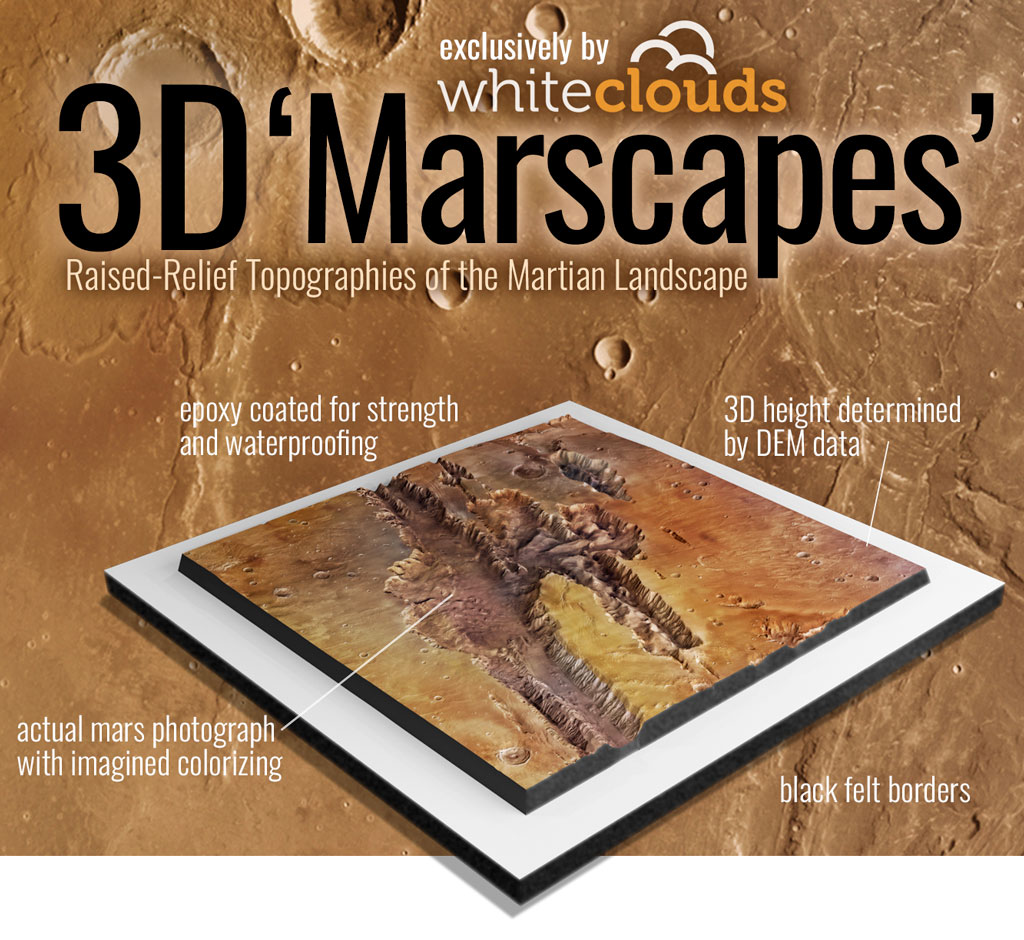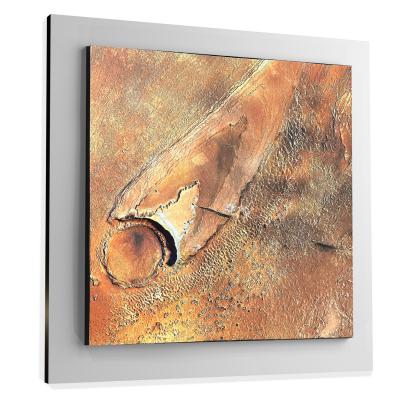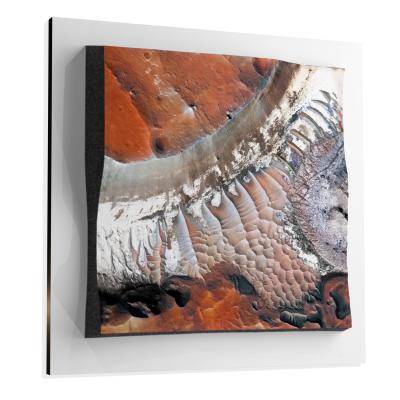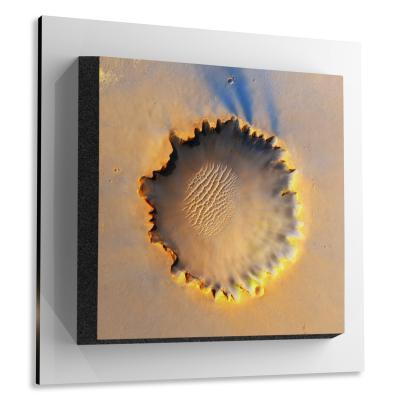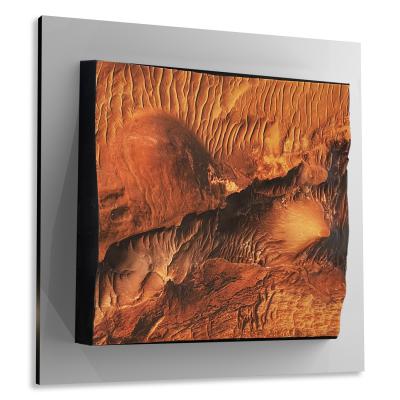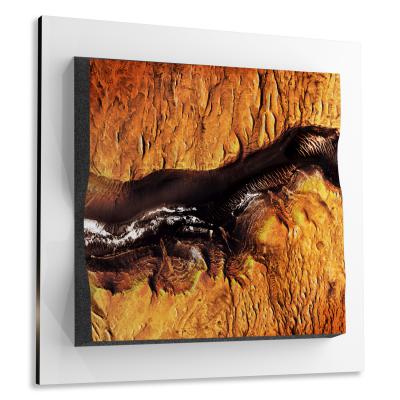Argyre Planitia
Argyre Planitia
We Build Custom 8K Mars Canvas Prints of Argyre Planitia
Did you know we make
custom
8K Mars Canvas Prints

and
3D Marscapes

Argyre Planitia
Argyre Planitia is one of the most fascinating geographical features on Mars, sparking scientific curiosity for decades. As one of the most prominent impact basins on the Red Planet, Argyre Planitia offers a complex blend of geological and geomorphological formations that have far-reaching implications for understanding Martian geology, climatology, and even the planet’s potential for having harbored life in the past.
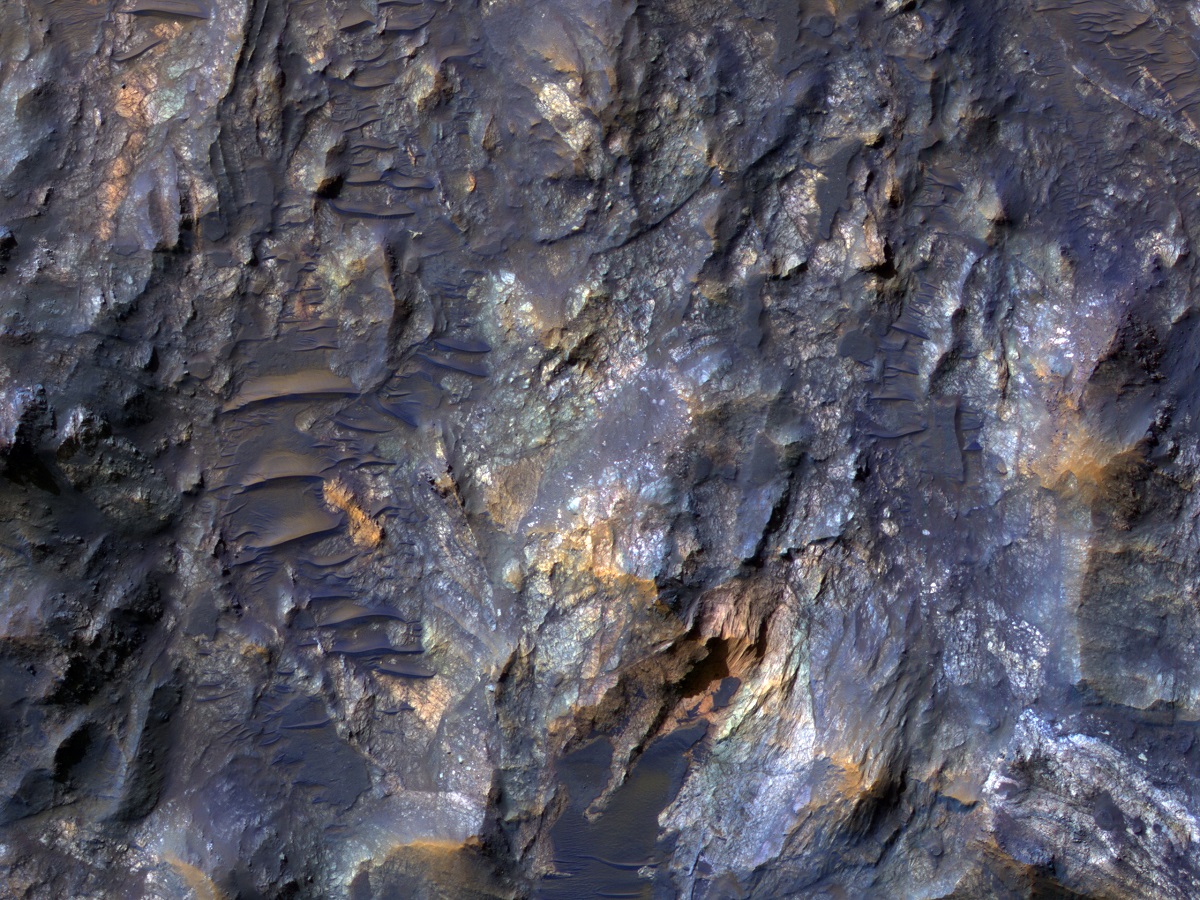 Volcanic plains between Argyre Planitia and Valles Marineris.
Volcanic plains between Argyre Planitia and Valles Marineris.
Geographical Location
Argyre Planitia is a majestic and expansive impact basin, located in the southern hemisphere of Mars, specifically situated at coordinates approximately 50°S latitude and 45°E longitude. Spanning a massive area that measures around 1,100 by 800 kilometers, Argyre Planitia is not just a geographical marvel; it’s one of the largest impact basins on Mars, dwarfing many other craters and depressions. The basin is encapsulated by an imposing perimeter of mountain ranges, notably including Charitum Montes to the south and Nereidum Montes to the northwest. These mountain ranges serve as natural borders and create a unique micro-environment within the basin. Geologically, Argyre Planitia stands as a crossroads in Martian history. It’s situated at the confluence of several ancient Martian terrains—ranging from the Noachian highlands, dating back to over 3.7 billion years, to younger Hesperian-aged terrains. This synthesis of geological epochs transforms the basin into a comprehensive, natural laboratory for investigating the evolutionary history of Mars in unparalleled detail.
Advertisement
Sample Marscapes
Geological Composition
The geological composition of Argyre Planitia is an intricate and spellbinding confluence of diverse geological processes, including those that are impact-related, volcanic, fluvial, and sedimentary in nature. The vastness of this geological panorama is revealed through spectroscopic data, which has shown a rich array of mineral constituents such as sulfates, silicates, and possibly even clays. The variety of these minerals not only suggests a complicated geological history but also provides strong evidence for the existence of liquid water in the Martian past, thereby lending credence to theories that propose a warmer and wetter climate on ancient Mars. Complementing these aqueous indications are volcanic features such as basaltic flows, tuff rings, and volcanic vents. These volcanic elements add another dimension to the basin’s complex geological narrative. Furthermore, a range of impact melts and breccias found within the basin give detailed insights into the initial formation conditions of the basin and its subsequent evolution over billions of years.
Significant Discoveries
Evidence of Past Water
Argyre Planitia has become a pivotal region for the study of Mars’ hydrological past due to compelling evidence of previous aqueous activity. The region is replete with fluvial channels and sedimentary layers that point toward an environment where water was once abundant. These features hint at the existence of ancient lakes or even shallow seas, fundamentally transforming our understanding of Mars’ climatic history.
Cratering Records
The basin is adorned with numerous craters of varying sizes and complexities, both within its boundary and in its immediate surroundings. These craters serve as a repository of invaluable data that helps to unravel the intricacies of Martian impact history, thereby facilitating chronological mapping and age-dating of the planet’s varied surface terrains.
Unique Mineral Deposits
The spectroscopic discovery of unique minerals, particularly sulfates and potential clays, offers tantalizing clues about Argyre Planitia’s geological past. These minerals not only support the hypothesis of water activity but also raise intriguing questions about the basin’s potential as a habitat that may have preserved biomarkers or signs of past microbial life.
Scientific Missions
Mars Reconnaissance Orbiter
The Mars Reconnaissance Orbiter (MRO) has played a pivotal role in our ever-expanding knowledge of Argyre Planitia. High-resolution imaging from the orbiter’s HiRISE and CRISM instruments has provided granular data that have allowed for the dissection of the basin’s intricate geological features, ranging from its cratering history to mineralogical composition.
Mars Odyssey
The THEMIS instrument onboard the Mars Odyssey spacecraft has been another cornerstone in the scientific exploration of Argyre Planitia. THEMIS has produced invaluable thermal and mineralogical maps that have significantly deepened our understanding of both the geological composition and thermal dynamics of this fascinating basin.
Geomorphological Features
Argyre Planitia is a veritable playground for geomorphologists due to its eclectic array of features. The basin houses an abundance of gullies, mesas, alluvial fans, and other erosional markers, pointing toward a history influenced by both wind-based (aeolian) and water-based (fluvial) processes. The erosional forms present across the basin give us a window into Martian climatic shifts over geological timescales. Moreover, the enormous impact structures, some among the largest observed on Mars, offer unparalleled insights into the mechanical properties of the Martian crust, including its strength and response to cataclysmic events.
Argyre Planitia is a veritable treasure trove of scientific knowledge, offering a window into the Red Planet’s complex geological and climatic history. The wealth of information gained from studying this singular feature has immense implications for our understanding of Mars as a dynamic, evolving planet. As a focal point for past, present, and future Martian exploration missions, Argyre Planitia continues to be a cornerstone in the quest to unravel the mysteries of our enigmatic planetary neighbor.
Check out our 3D Mars Learning Center for more information on Mars and Argyre Planitia. You can also learn more at: NASA Mars Exploration.
More About Mars
Contact us today to learn more about our 3D services and how we can help you achieve your goals.
